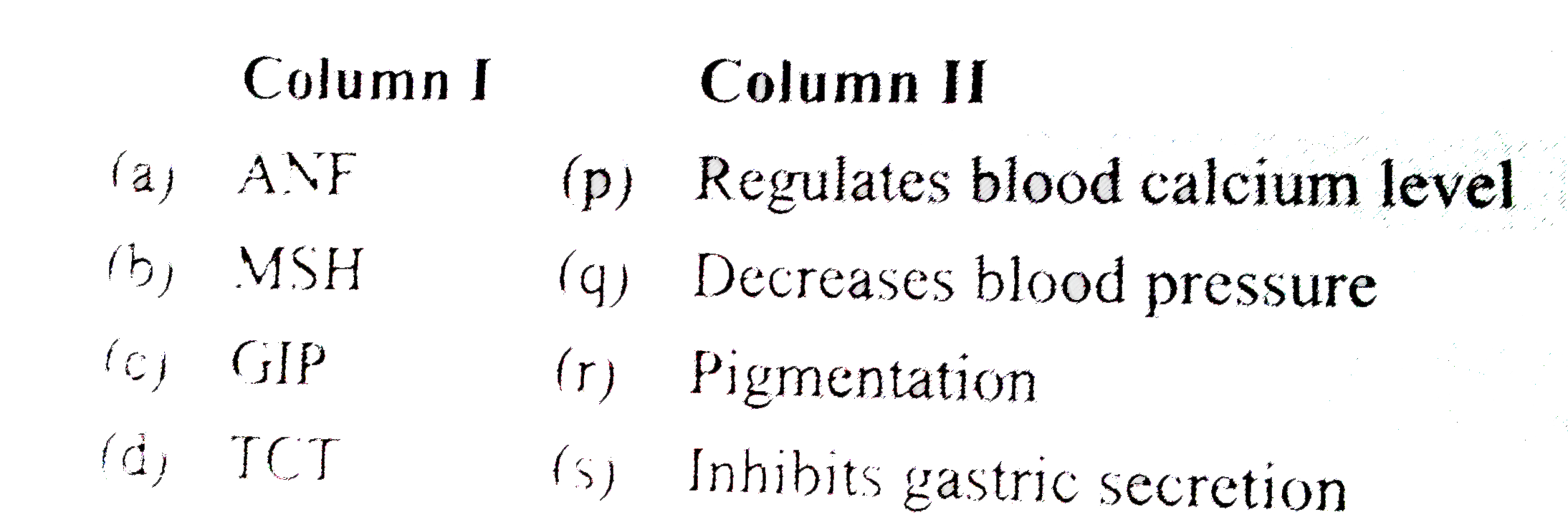The point P(a,b), Q(c,d), R(a,d) and S(c,b) , where a,b,c ,d are distinct real numbers, are
collinear
vertices of a square
vertices of a rhombus
concyclic
The correct Answer is:B
To determine the relationship between the points P(a,b), Q(c,d), R(a,d), and S(c,b), we will analyze their coordinates step by step.
Step 1: Identify the coordinates of the points
The points are given as:
- P(a, b)
- Q(c, d)
- R(a, d)
- S(c, b)
The points are given as:
- P(a, b)
- Q(c, d)
- R(a, d)
- S(c, b)
Topper's Solved these Questions
- STRAIGHT LINESBOOK - OBJECTIVE RD SHARMA ENGLISHCHAPTER - STRAIGHT LINESEXERCISE - ILLUSTRATION 18
1 Videos
- STRAIGHT LINESBOOK - OBJECTIVE RD SHARMA ENGLISHCHAPTER - STRAIGHT LINESEXERCISE - Section I - Solved Mcqs
64 Videos
- SETSBOOK - OBJECTIVE RD SHARMA ENGLISHCHAPTER - SETSEXERCISE - Chapter Test
30 Videos
Similar Questions
Knowledge Check
If a,b,c,d are distinct numbers such that : a+C=2d and b+d=2c , which of the following statements must be ture ?
I. a cannot be the average of a,b,c,d.
II b can be the average of a,b,c,d .
III d can be the average of a,b,c,d.AOnly statement (I)BOnly statement (II)COnly statement (III)DBoth statements (I) and (II)The average of a, b, c, and d is p. If the average of a and c is q, what is the average of b and d in terms of p and q?
A2p+qB2p−qC2q+qD2q−p
Let a,b,c,d, e ar non-zero and distinct positive real numbers. If a,b, c are In a,b,c are in A.B, b,c, dare in G.P. and c,d e are in H.P, the a,c,e are in :
View SolutionIf a,b,c,dandp are distinct real numbers such that (a2+b2+c2)p2−2(ab+bc+cd)p+(b2+c2+d2)≤0, then prove that a,b,c,d are in G.P.
View SolutionIf a,b,c,d and p are distinct real numbers such that (1987, 2M) (a2+b2+c2)p2−2(ab+bc+cd)P+(b2+c2+d2)≥0,thena,b,c,d are in AP (b) are in GP are in HP (d) satisfy ab=cd
View SolutionLet a,b,c,d be four distinct real numbers in A.P. Then the smallest positive valueof k satisfying 2(a−b)+k(b−c)2+(c−a)3=2(a−d)+(b−d)2+(c−d)3 is __________.
View SolutionLet R be a relation on N×N defined by (a,b) R(c,d)⇔a+d=b+c if (a,b),(c,d)∈N×N then show that: (i) (a,b)R (a,b) for all (a,b)∈N×N (ii) (a,b)R(c,d)⇒(c,d)R(a,b)for all (a,b), (c,d)∈N×N (iii) (a,b)R (c,d)and (c,d)R(e,f)⇒(a,b)R(e,f) for all (a,b), (c,d), (e,f)∈N×N
View SolutionMatch the columns and choose correct options.

(1) a-q, b-r, c-s, d-p
(2) a-s, b-p, c-q, d-r
(3) a-q, b-p, c-s, d-r
(4) a-s, b-p, c-r, d-q
View Solution
